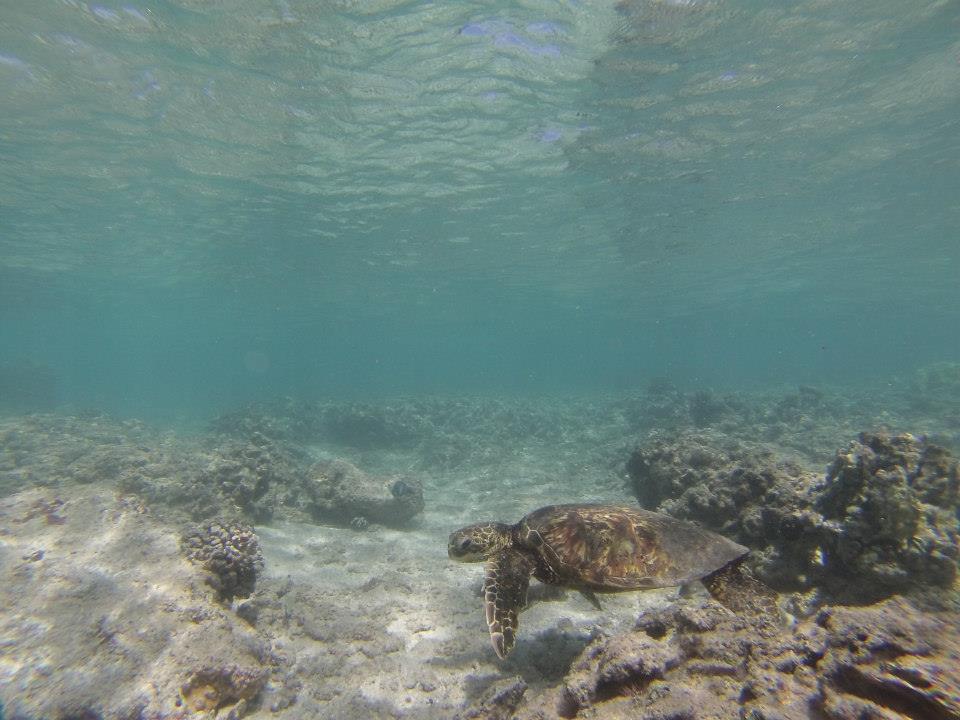|
In this great 17 minute talk, famous free diver and Marine Biologist - Ocean Ramsey - who frequently swims sans cage with Great White Sharks discusses the importance of protecting and respecting sharks. Enjoy the video!
0 Comments
 Laniakea might be the best place on earth to view these marine reptiles, drawing scores of people each day who want to view and snap photos with these majestic and sacred creatures. Go to Lani's on any given day of the week however, and you'll see several people who have somehow still not gotten the message that it is not only illegal, but simple common sense to avoid touching these federally and state protected creatures. Disturbing sea turtles can cause changes to their feeding habits as well as their mating habits. Yet, the desire for some wildlife watchers to have that picture for social media with their hand on a sea turtle is almost too much to bear, they reach out and touch (or sometimes even hold on with both hands and ride the turtle, if you can believe that!) and little do they know (or at least let's hope its just an issue of not being educated on the issue) that they are not only harming these protected creatures, but they are tacitly encouraging others to do so as well. The green sea turtle is currently listed as a threatened species under federal and state law, while the hawksbill sea turtle is on the endangered species list which means it enjoys even greater protections against touching, disturbance, hunting, and/or harassment. Below is the Federal Endangered Species Act penalty schedule for touching or otherwise disturbing Hawaii's sea turtles. Not only is it illegal and bad for the turtles, it is also worth keeping in mind that the Honu are considered sacred to Hawaiians who believe them to be 'aumakua, a kind of ancestral guardian spirit. So not only are you committing a crime and harming these innocent and amazing creatures, you are also showing blatant disrespect to the culture and heritage of the people and the 'aina. Please refrain from disturbing, touching, or otherwise harassing sea turtles. Below are some guidelines for safe, legal, and considerate viewing of turtles and other marine animals from NOAA's National Marine Fisheries Service, NOAA's National Marine Sanctuaries, and the State of Hawaii's Department of Land and Natural Resources. "1. Remain at least 100 yards from humpback whales, and at least 50 yards from other marine mammals (dolphins, other whale species and Hawaiian monk seals.) 2. Observe turtles from a distance. 3. Bring binoculars along on viewing excursions to assure a good view from the recommended viewing distances. 4. Do not attempt to touch, ride, or feed turtles. 5. Limit your time observing an animal to 1/2 hour. 6. Marine mammals and sea turtles should not be encircled or trapped between boats or shore. 7. If approached by a marine mammal or turtle while on a boat, put the engine in neutral and allow the animal to pass. Boat movement should be from the rear of the animal." What should I do if I see a turtle in danger? If you see a turtle stranded or wounded or to report suspected violations, call DLNR: 808-587-0077. |
Archives
April 2020
Categories
All
|



 RSS Feed
RSS Feed
